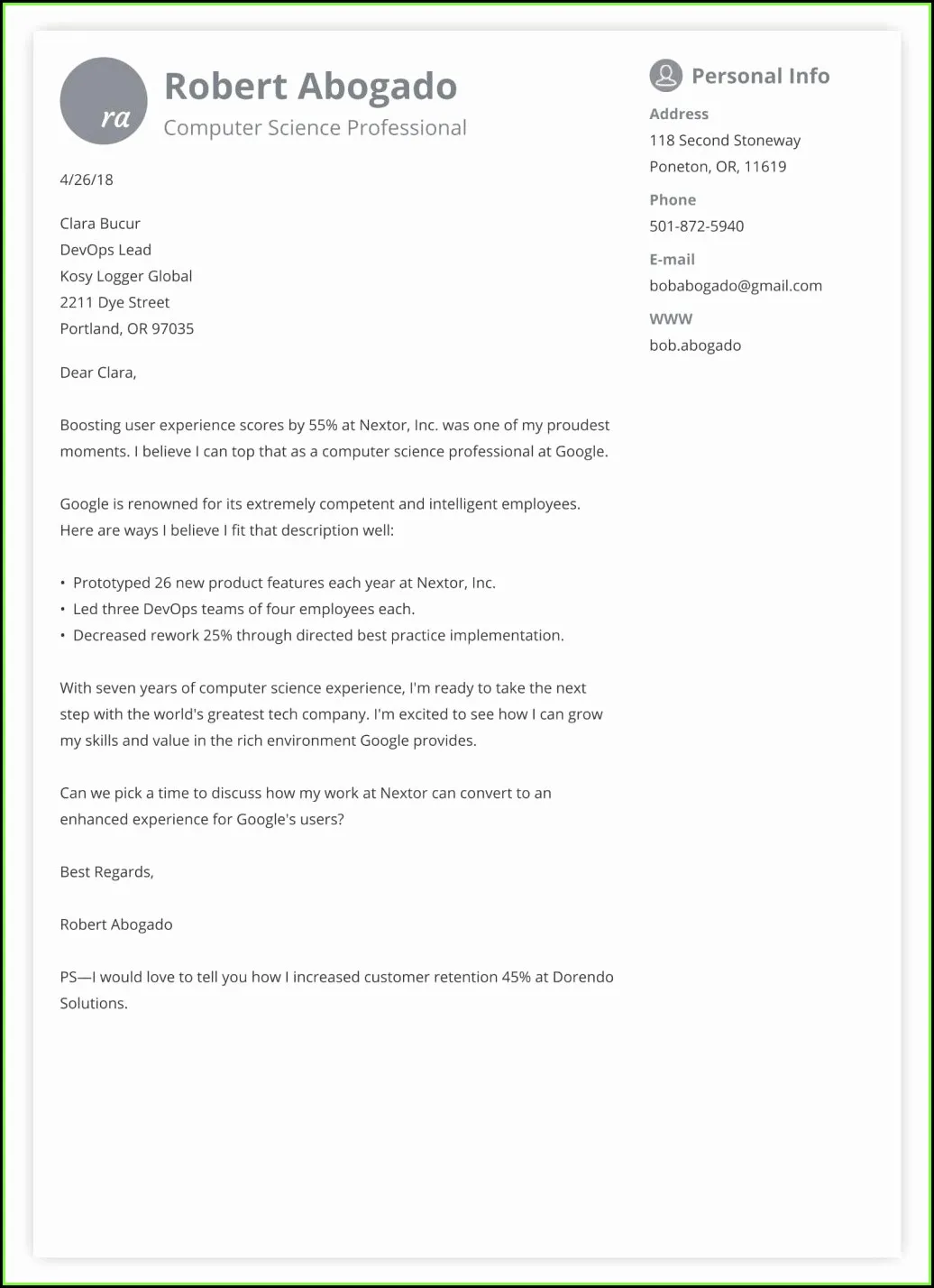What is a Cover Letter
A cover letter is a crucial document that accompanies your resume when applying for a job. It serves as your introduction to the hiring manager, providing an opportunity to showcase your personality, skills, and enthusiasm for the position. Unlike a resume, which presents a factual overview of your experience, a cover letter allows you to elaborate on specific achievements, explain your career goals, and demonstrate why you are the perfect fit for the role and the company. It’s your chance to make a strong first impression and convince the employer to read your resume in detail.
Why Cover Letters Matter
In today’s competitive job market, a well-crafted cover letter can make all the difference. It’s not just about reiterating your resume; it’s about telling a story, highlighting your unique value proposition, and expressing your genuine interest in the opportunity. A cover letter allows you to address any potential gaps in your resume, such as career changes or periods of unemployment. It also enables you to demonstrate your communication skills and writing ability, which are essential in most professional settings. A compelling cover letter increases your chances of getting an interview and ultimately landing the job.
Highlighting Your Skills
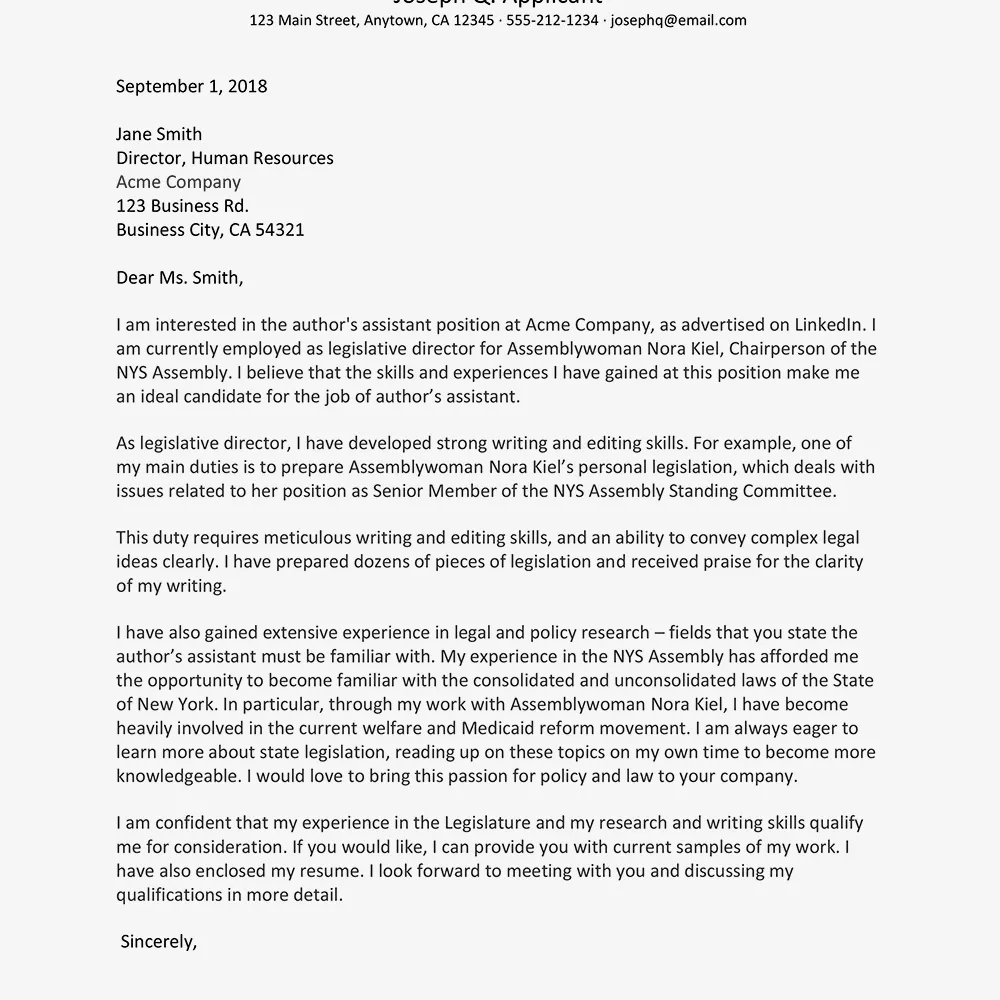
When writing your cover letter, it’s vital to focus on the skills and experiences that align with the job requirements. Carefully review the job description and identify the key skills and qualifications the employer is seeking. Then, in your cover letter, provide specific examples of how you have demonstrated those skills in previous roles or projects. This allows the hiring manager to see the direct relevance of your abilities to the position. Furthermore, it’s more effective to show, not just tell. Instead of simply stating you have a skill, provide a brief anecdote or example that showcases your proficiency.
Matching Skills to Job Description
To effectively match your skills to the job description, you must carefully analyze the requirements listed by the employer. Identify the keywords and phrases used to describe the desired skills and qualifications. Then, in your cover letter, strategically incorporate these keywords while providing concrete examples of how you have utilized these skills in the past. This demonstrates to the hiring manager that you not only possess the necessary skills but also understand what the role entails. Tailor your cover letter to each job application, ensuring the skills and experiences highlighted are relevant to the specific position.
Quantifying Achievements
Whenever possible, quantify your achievements in your cover letter. Use numbers, percentages, and specific metrics to demonstrate the impact you have made in previous roles. Instead of saying you ‘improved customer satisfaction’, state that you ‘increased customer satisfaction scores by 15%’. This provides concrete evidence of your accomplishments and makes your cover letter more impactful. Quantifying your achievements also helps the hiring manager quickly understand the value you bring to the table. It showcases your ability to deliver results and make a positive impact on the organization.
Formatting Your Cover Letter
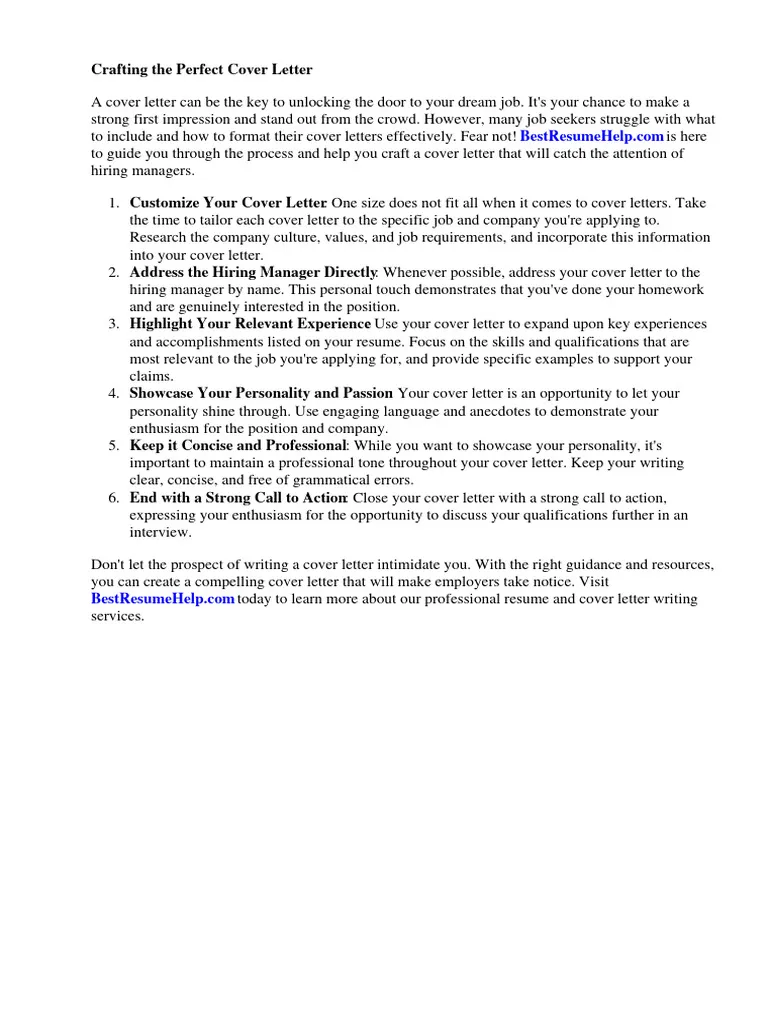
The format of your cover letter is as important as its content. A well-formatted cover letter is easy to read and visually appealing, making a positive impression on the hiring manager. Use a clear and professional font, such as Times New Roman, Arial, or Calibri, and maintain a consistent font size throughout the document. Use single spacing within paragraphs and double spacing between paragraphs. Keep your cover letter concise, ideally no more than one page. Proper formatting shows attention to detail and professionalism.
Header and Contact Information
Your cover letter should begin with a header that includes your name, contact information (phone number and email address), and the date. Also, include the hiring manager’s name (if known), their title, and the company’s address. Ensuring the header is accurate and up-to-date is crucial for the hiring manager to contact you. Always double-check the spelling of the recipient’s name and the company information. Properly formatted header sets a professional tone from the start.
Proper Salutation
The salutation is your formal greeting at the beginning of the cover letter. The best practice is to address the hiring manager by name, using ‘Dear Mr./Ms./Mx. [Last Name]’. Researching the hiring manager’s name beforehand demonstrates initiative and attention to detail. If the hiring manager’s name isn’t available, using a generic greeting such as ‘Dear Hiring Manager’ is acceptable. Avoid casual greetings like ‘Hi’ or ‘Hello’. The salutation establishes the initial tone of your cover letter.
Body Paragraph Structure
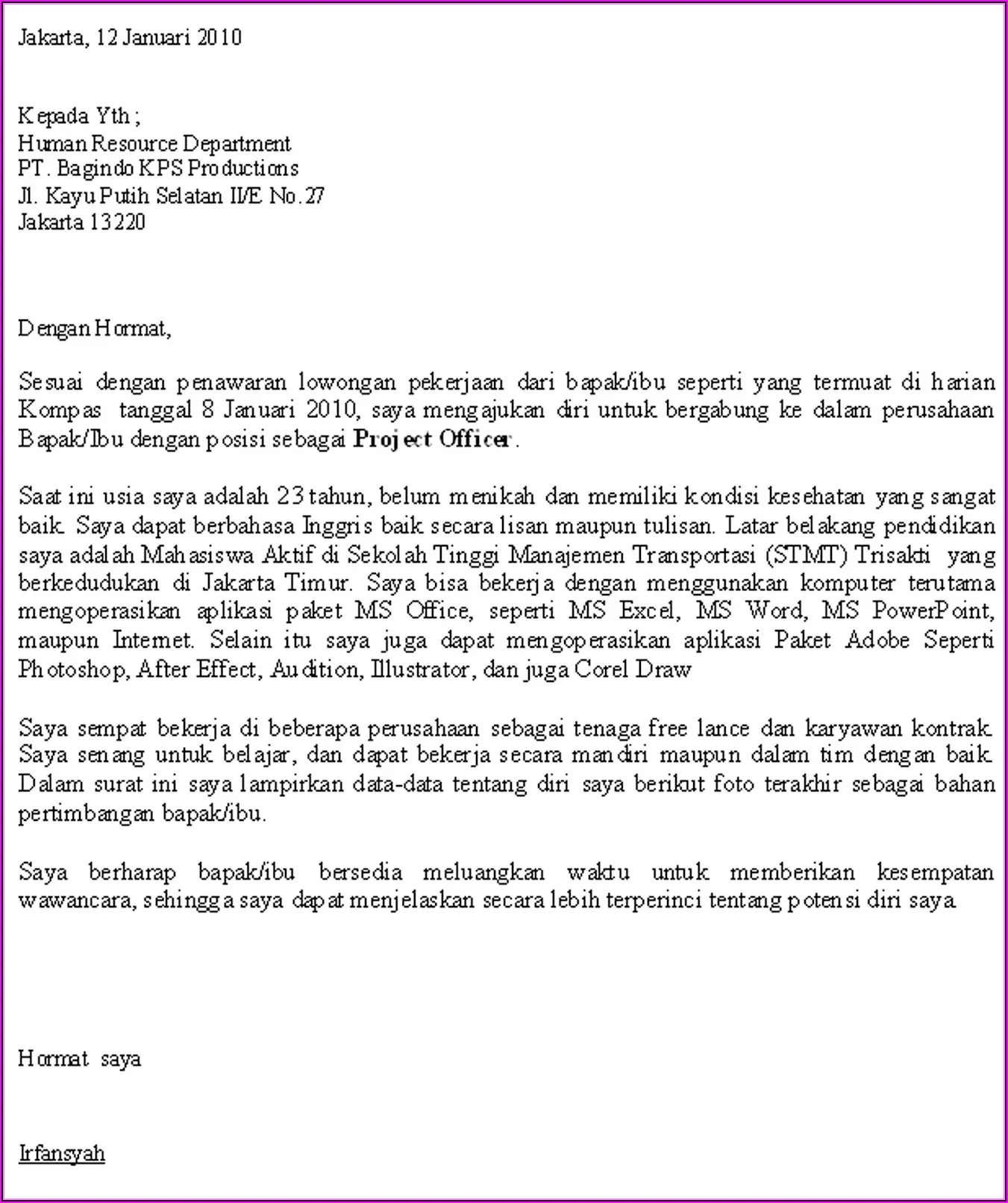
The body of your cover letter should be divided into several paragraphs that each serve a specific purpose. This structure should effectively convey your interest in the position, highlight your relevant skills, and explain why you’re a good fit. Aim for a clear and concise writing style, using strong action verbs and compelling language. Organize your thoughts logically and ensure the paragraphs flow seamlessly from one to the next. Proper paragraph structure helps guide the reader through the information.
The Opening Paragraph
The opening paragraph is your first chance to grab the hiring manager’s attention. Begin by stating the position you’re applying for and how you found the job listing. Briefly mention why you’re interested in the role and the company. Make it clear that you have done your research and understand what the company does and what the role entails. Show enthusiasm and a genuine interest in the opportunity. Your opening should entice the reader to continue reading the rest of your cover letter.
The Body Paragraphs
The body paragraphs are where you expand on your skills, experience, and accomplishments. Select 2-3 key skills or experiences that align with the job description and elaborate on them. Provide specific examples to show how you have demonstrated these skills. Use the STAR method (Situation, Task, Action, Result) to structure your examples effectively. Quantify your achievements whenever possible, and tailor your examples to the specific requirements of the job. This helps the hiring manager assess your qualifications.
The Closing Paragraph
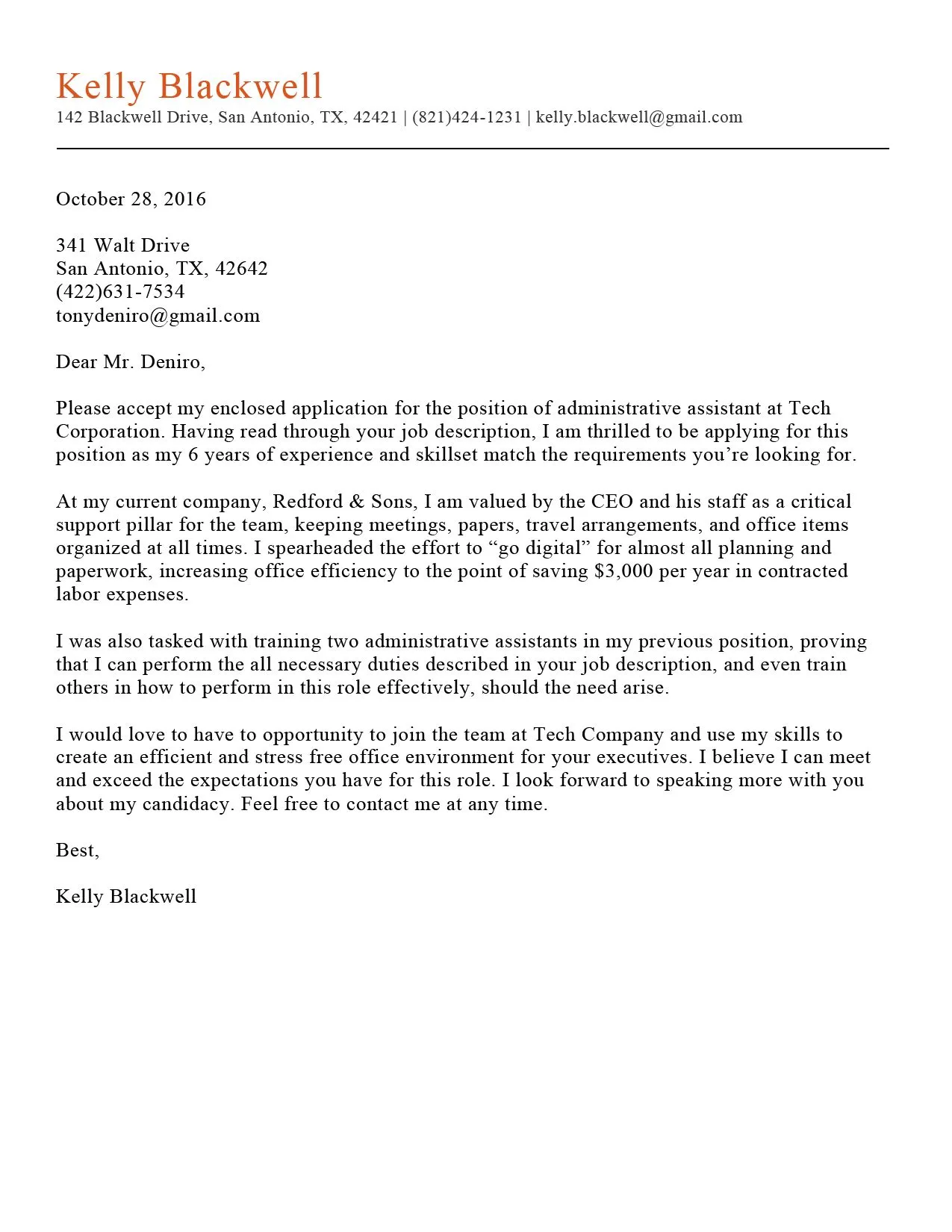
The closing paragraph should reiterate your interest in the position and thank the hiring manager for their time and consideration. Reiterate your key qualifications and express your enthusiasm for the opportunity. Include a call to action, such as stating that you look forward to hearing from them soon or that you are available for an interview. Reiterate your contact information if desired. End with a professional closing, such as ‘Sincerely’ or ‘Best regards’.
Proofreading Your Cover Letter
Proofreading is a critical step in the cover letter writing process. Errors in grammar, spelling, or punctuation can make a negative impression on the hiring manager. Before submitting your cover letter, carefully review it for any mistakes. It’s helpful to read it aloud to catch any awkward phrasing or grammatical errors. Ask a friend or family member to proofread it for you. Ensure the cover letter is free of any typos or inconsistencies. A polished cover letter demonstrates your attention to detail and professionalism.
Cover Letter Examples
Reviewing cover letter examples can give you inspiration and guide you on how to craft your own. Look for examples that align with the types of jobs you are applying for and that demonstrate strong writing skills and formatting. Analyze the structure, language, and content of these examples. You can adapt them to your specific situation. However, avoid simply copying and pasting an example. Use examples as a starting point, tailoring them to reflect your own unique experiences and qualifications. Doing so will make your cover letter stand out.
Cover Letter Template
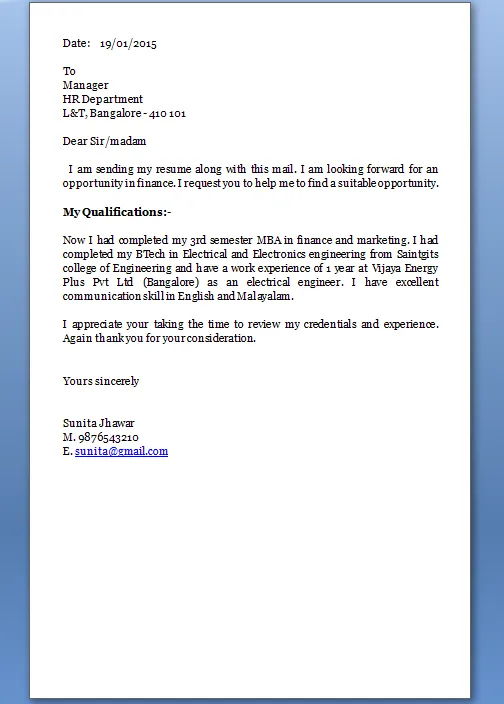
Using a cover letter template can save you time and provide a solid framework for your letter. Many websites offer downloadable cover letter templates in various formats. Choose a template that fits your needs and the style of the job you’re applying for. Customize the template with your personal information, skills, and experiences. Make sure to tailor the content to each job application. Using a template ensures your cover letter is well-structured and formatted professionally, increasing your chances of making a positive impression.
Adapting to Different Industries
The content and tone of your cover letter should be adapted to the specific industry and the company you are applying to. Research the company and industry to understand their culture and values. Tailor your language to match the industry’s conventions and tone. For example, a cover letter for a creative role may be more informal and showcase your creativity. A cover letter for a corporate role may be more formal and professional. Adapting to different industries helps you demonstrate that you understand the company’s needs and can contribute effectively.
Tips for Sending Your Cover Letter
Before sending your cover letter, take some final steps. Save your cover letter as a PDF to ensure the formatting remains consistent across different devices. Carefully review the job application instructions and ensure you are submitting your cover letter correctly. If the application asks for a specific file name or format, adhere to those instructions. Send a test email to yourself to check for any formatting or display issues. Sending your cover letter correctly demonstrates professionalism and attention to detail and helps ensure your application is properly reviewed.
